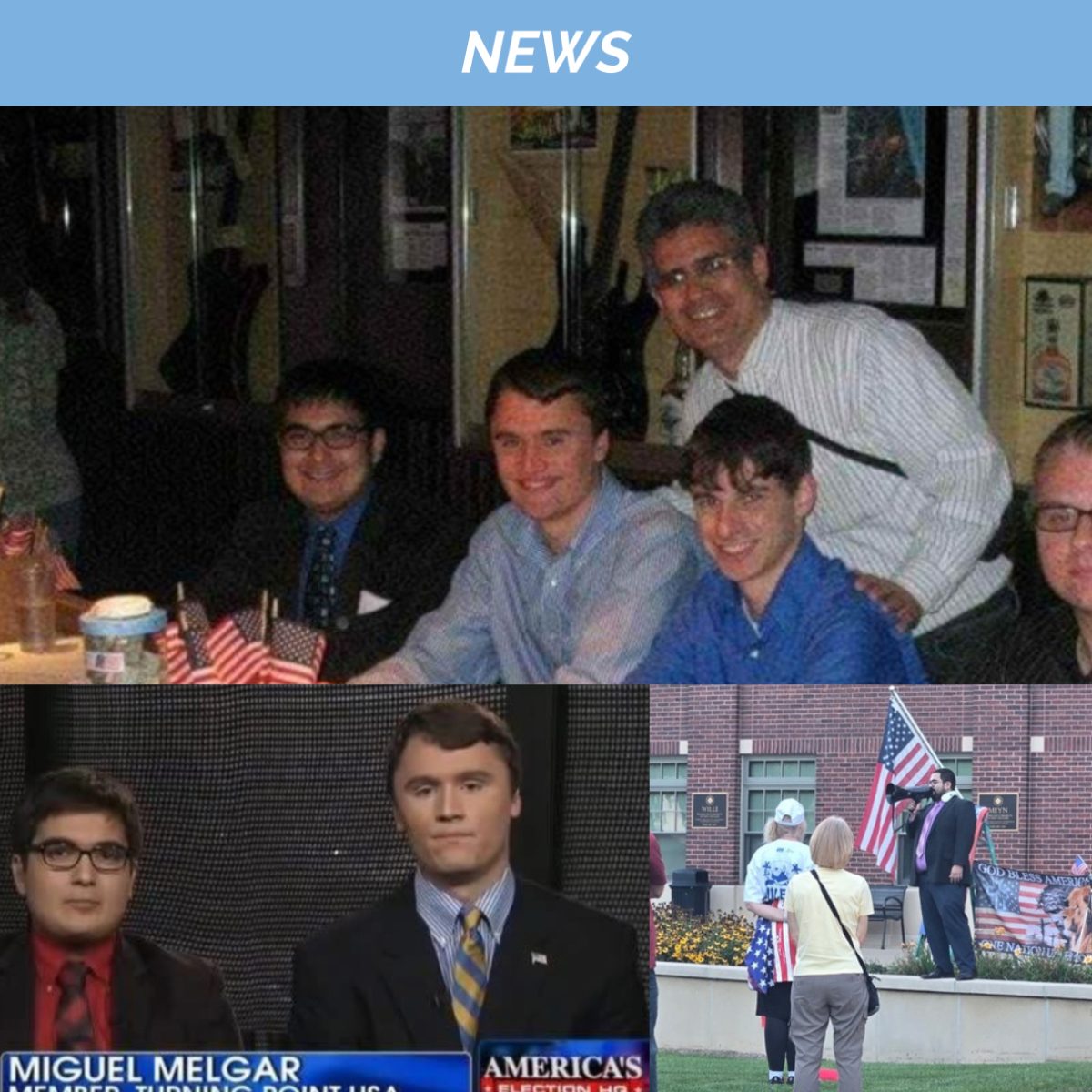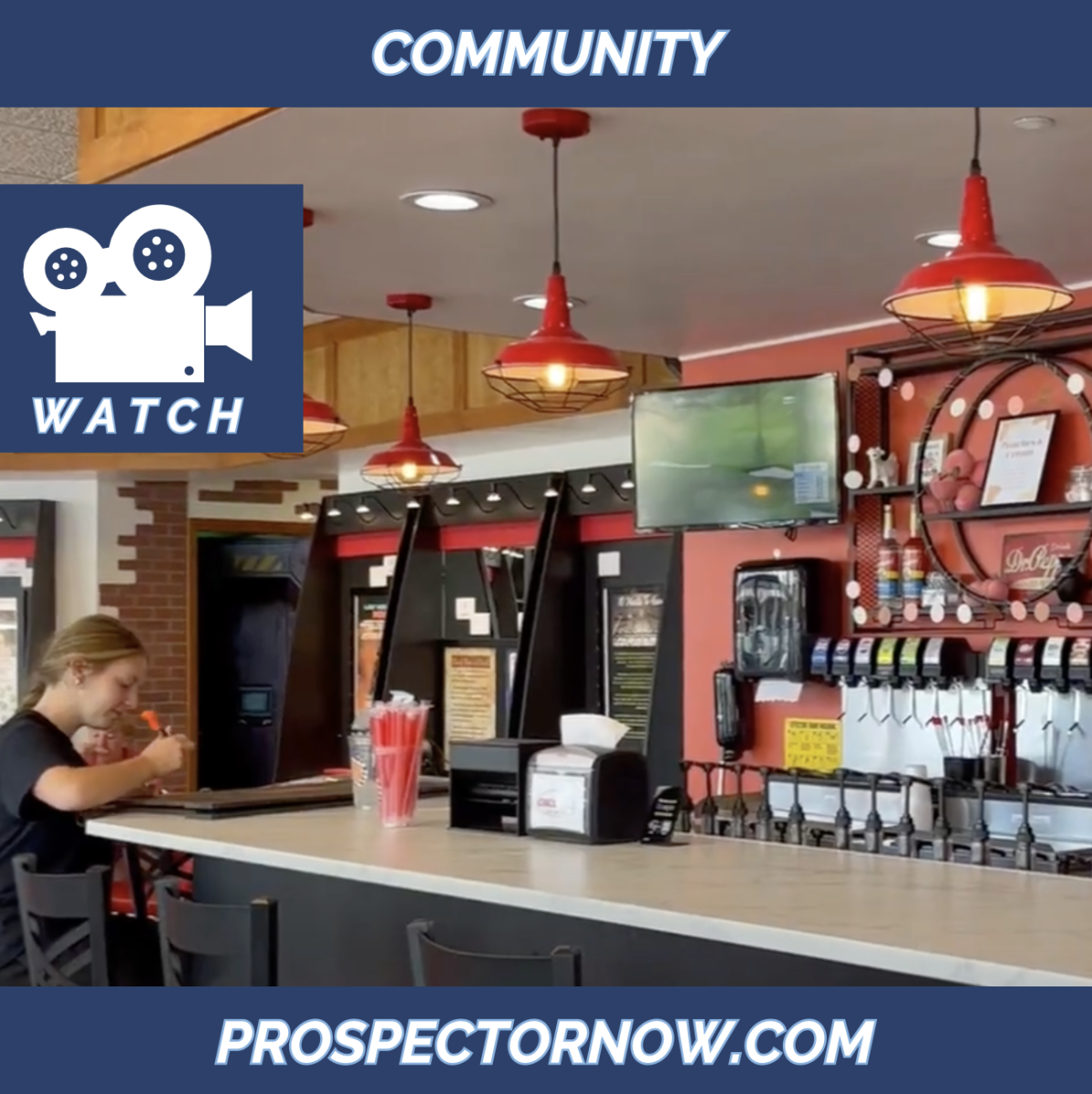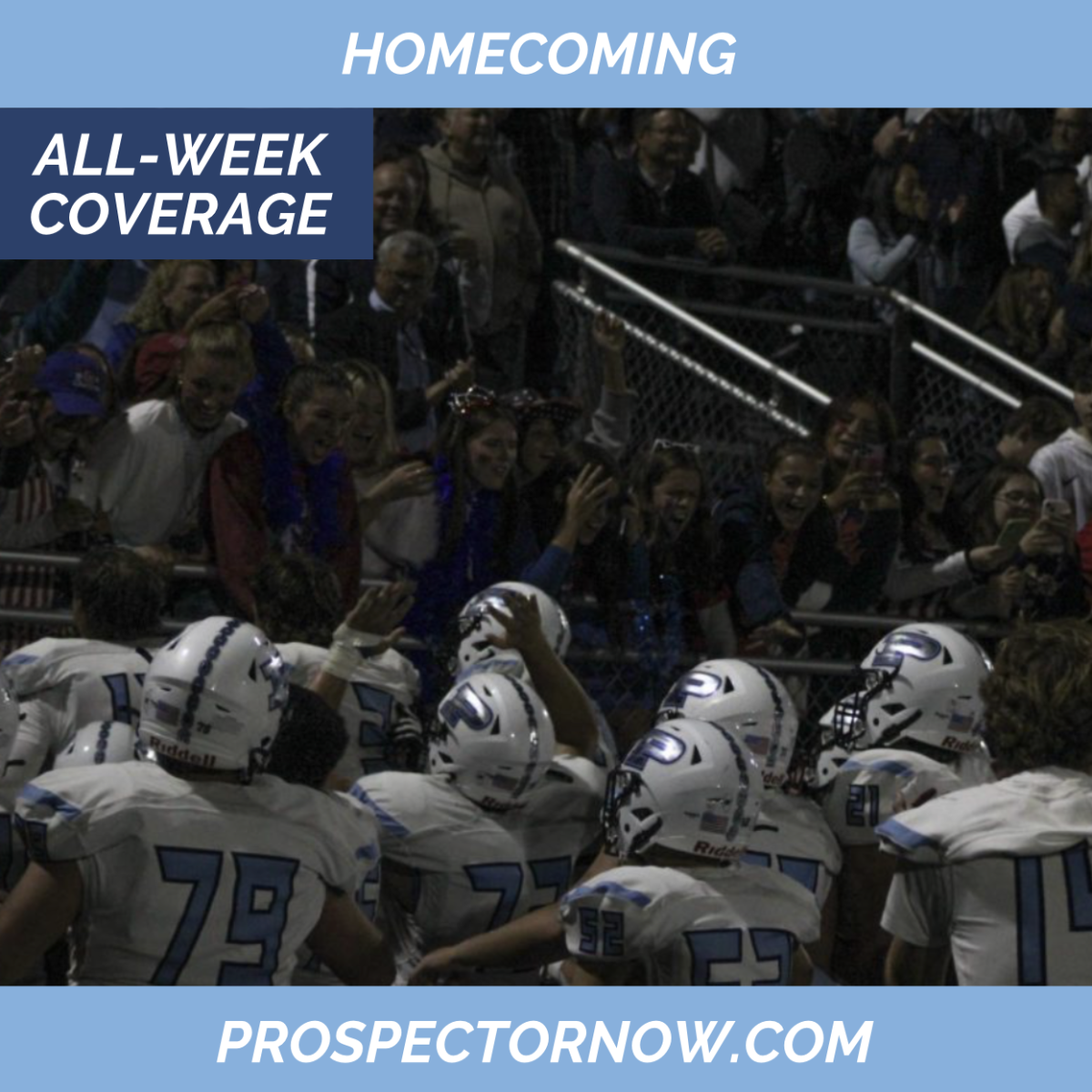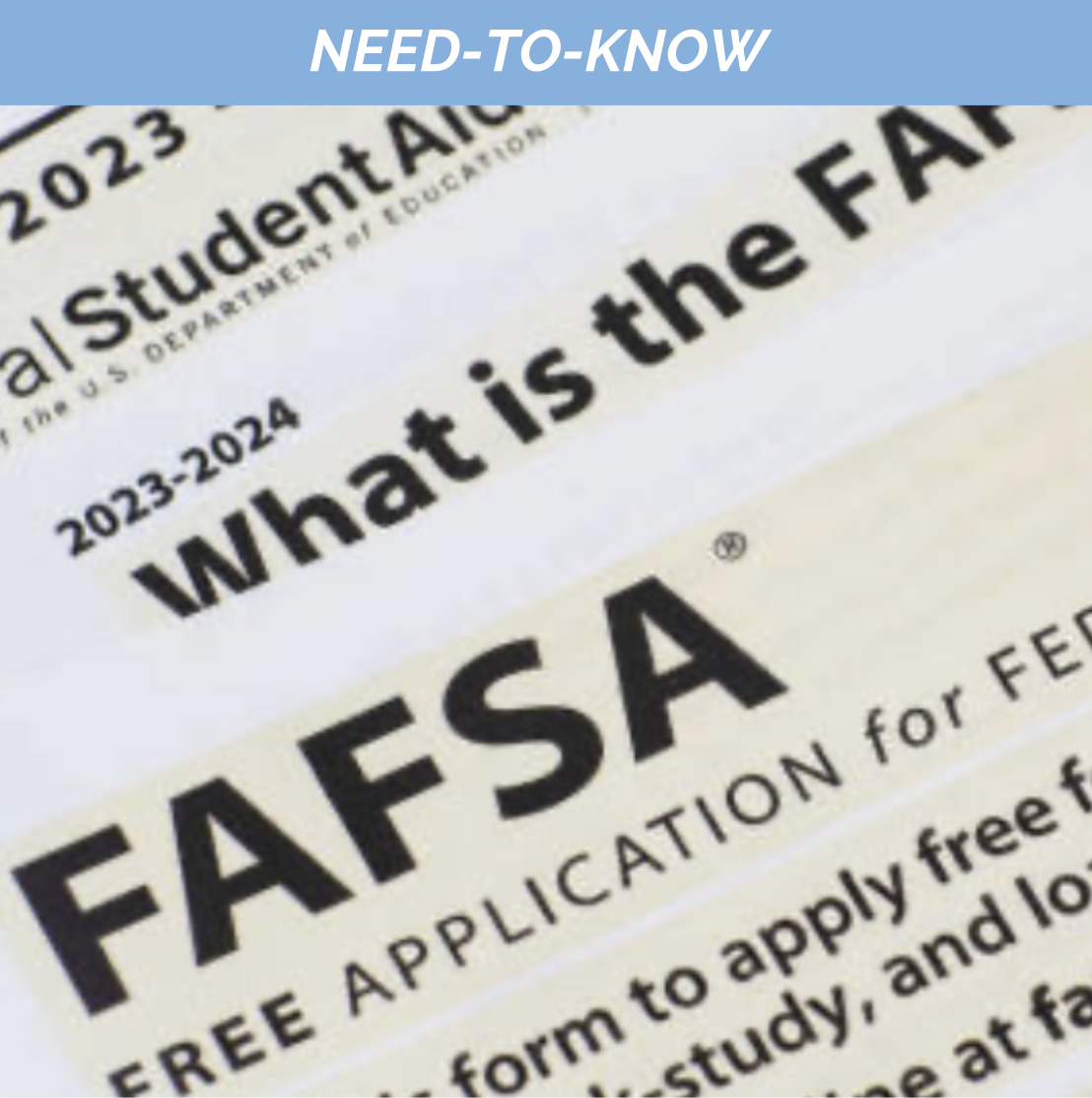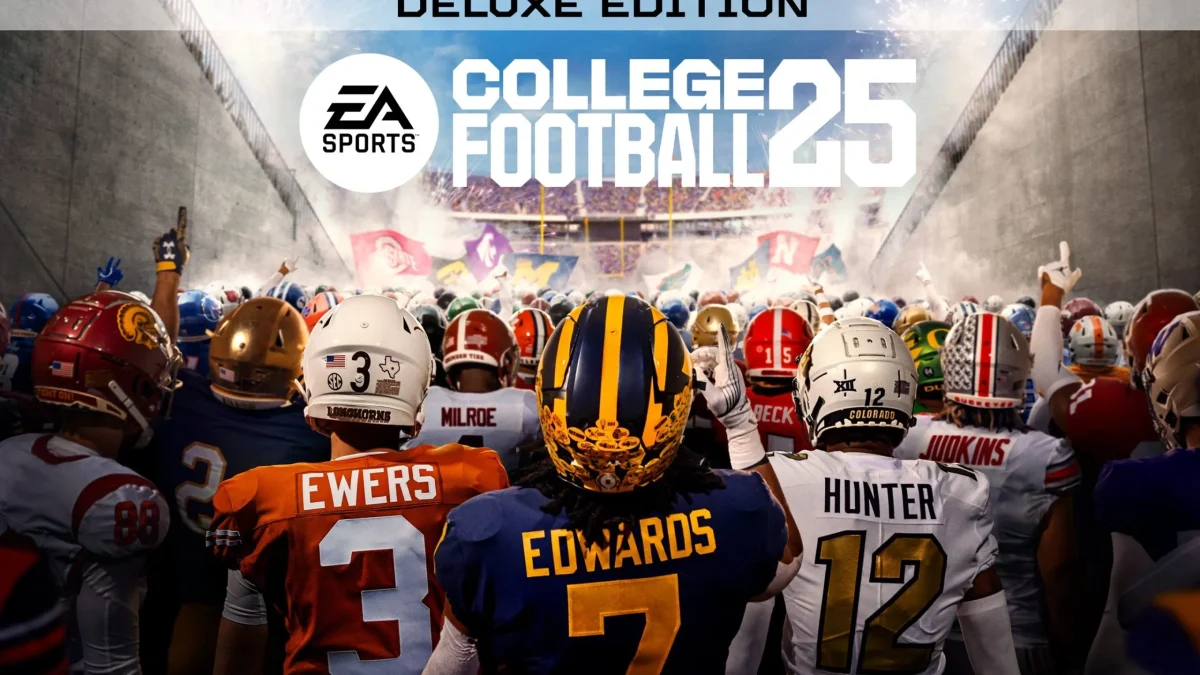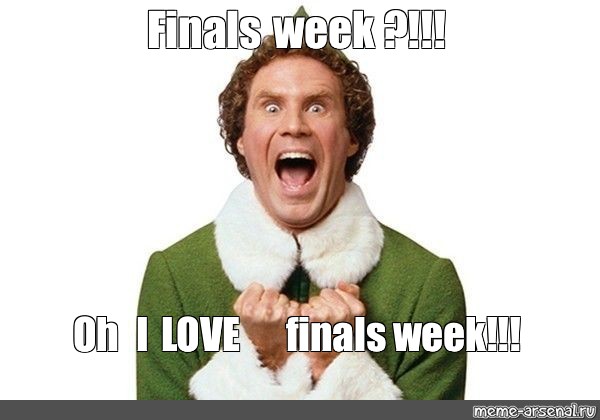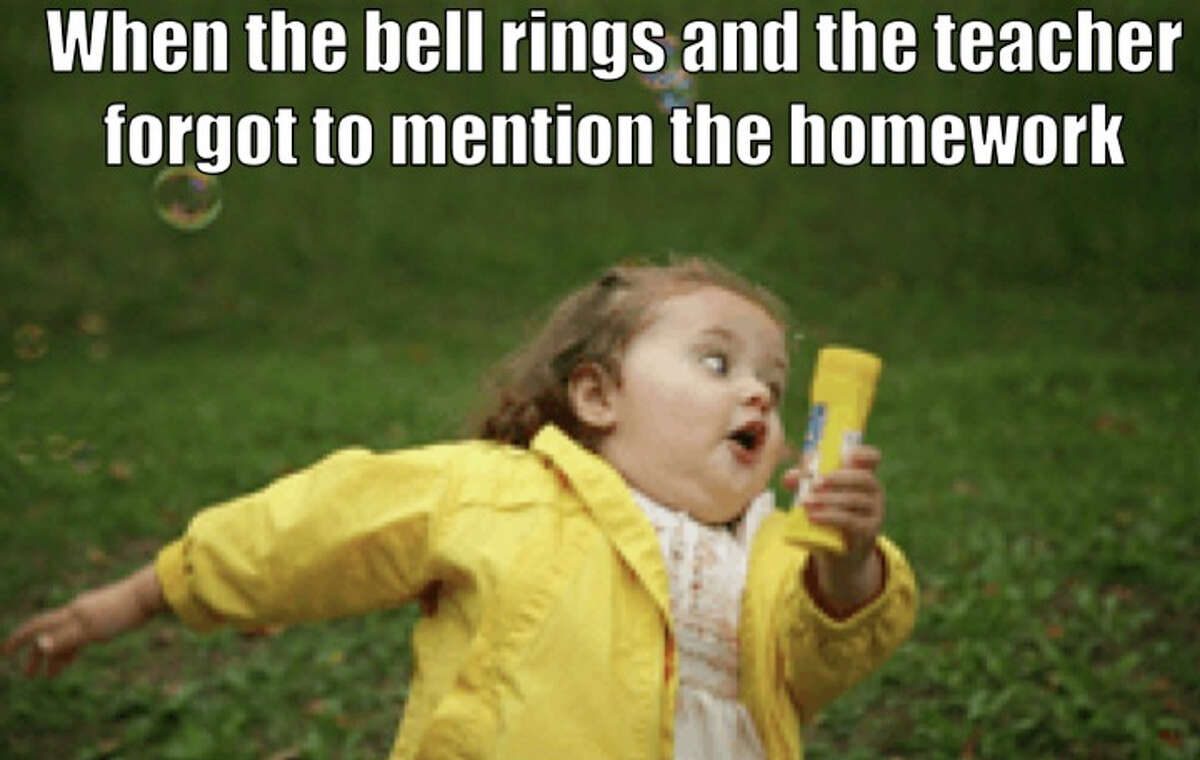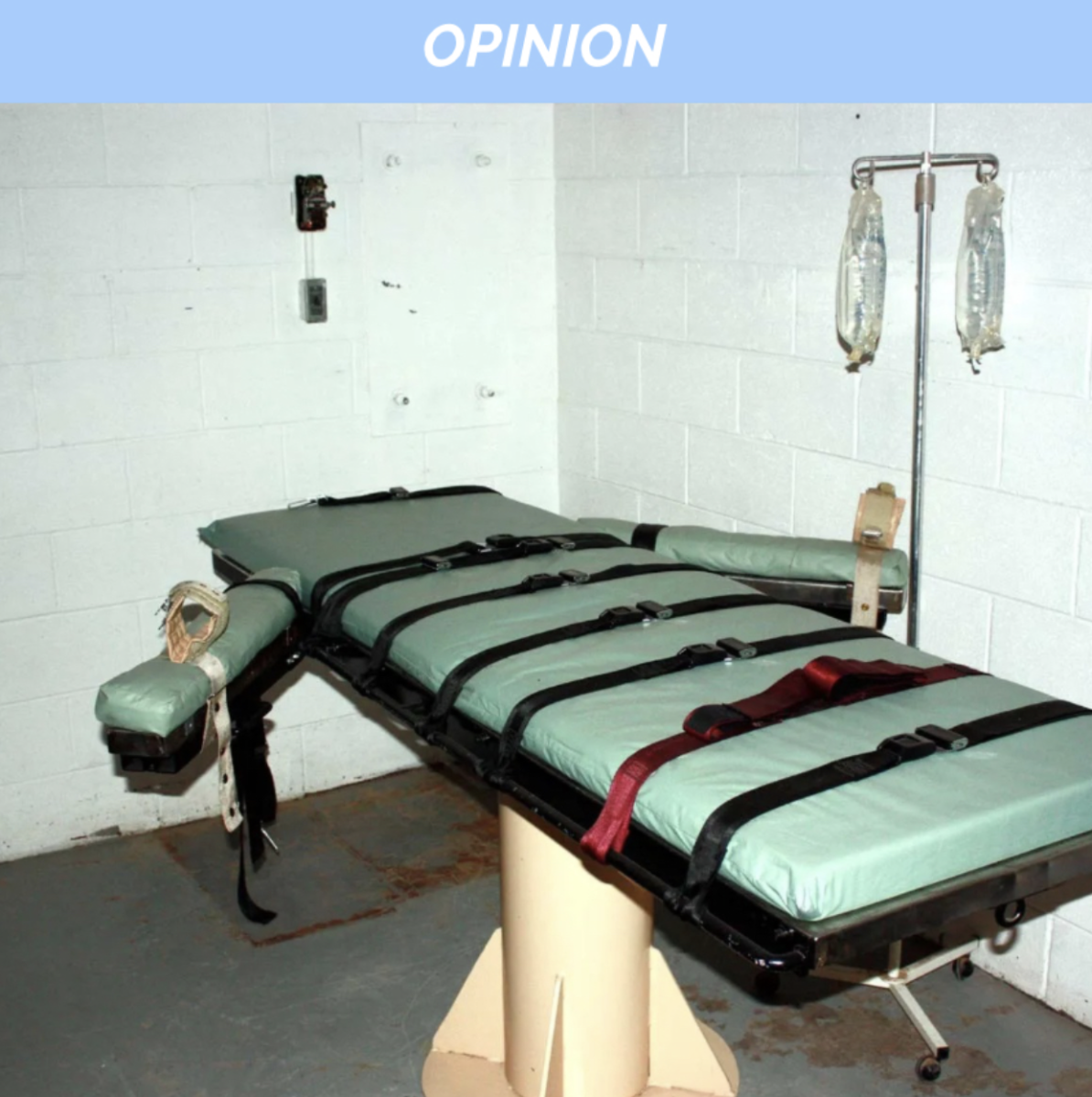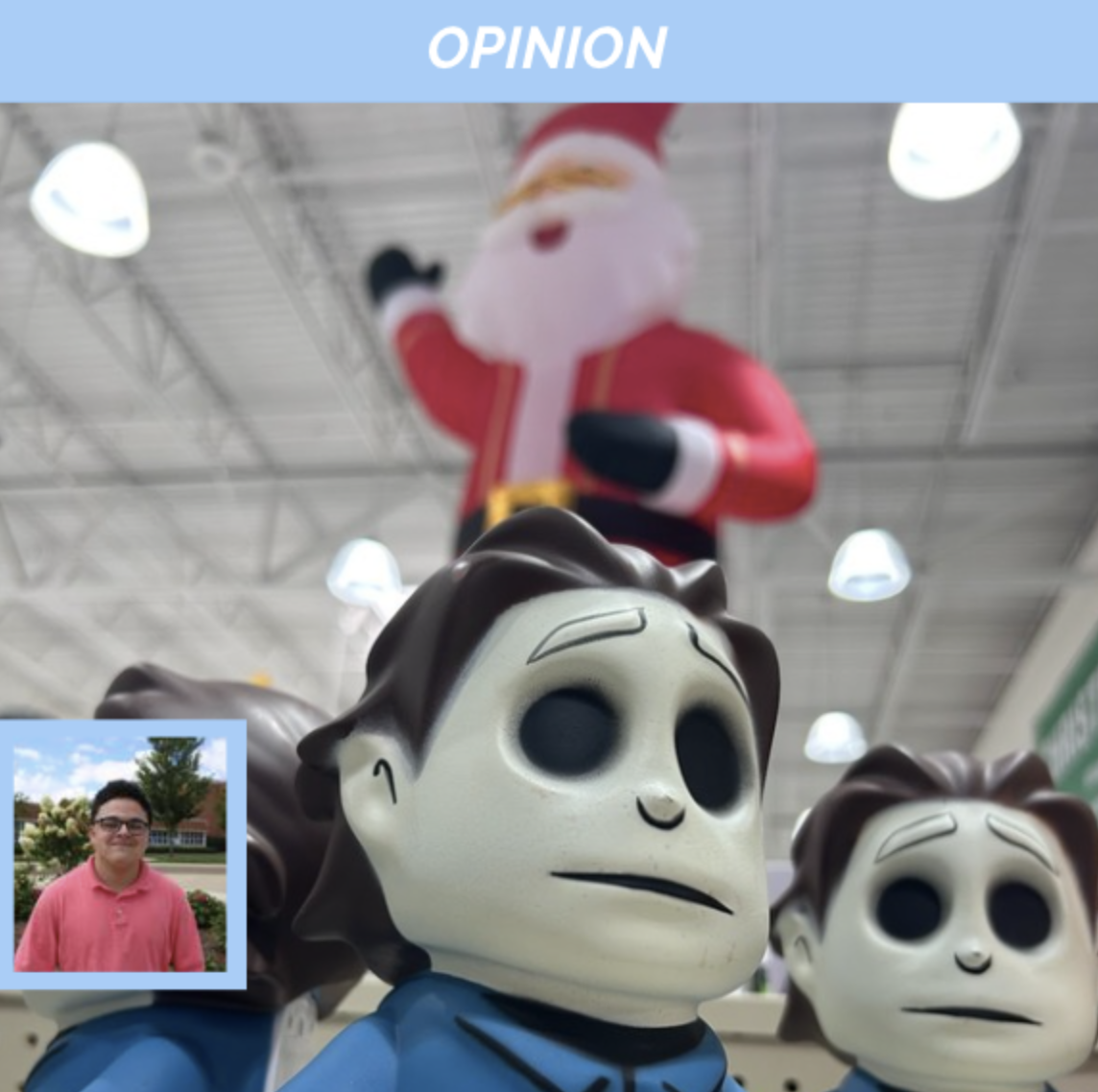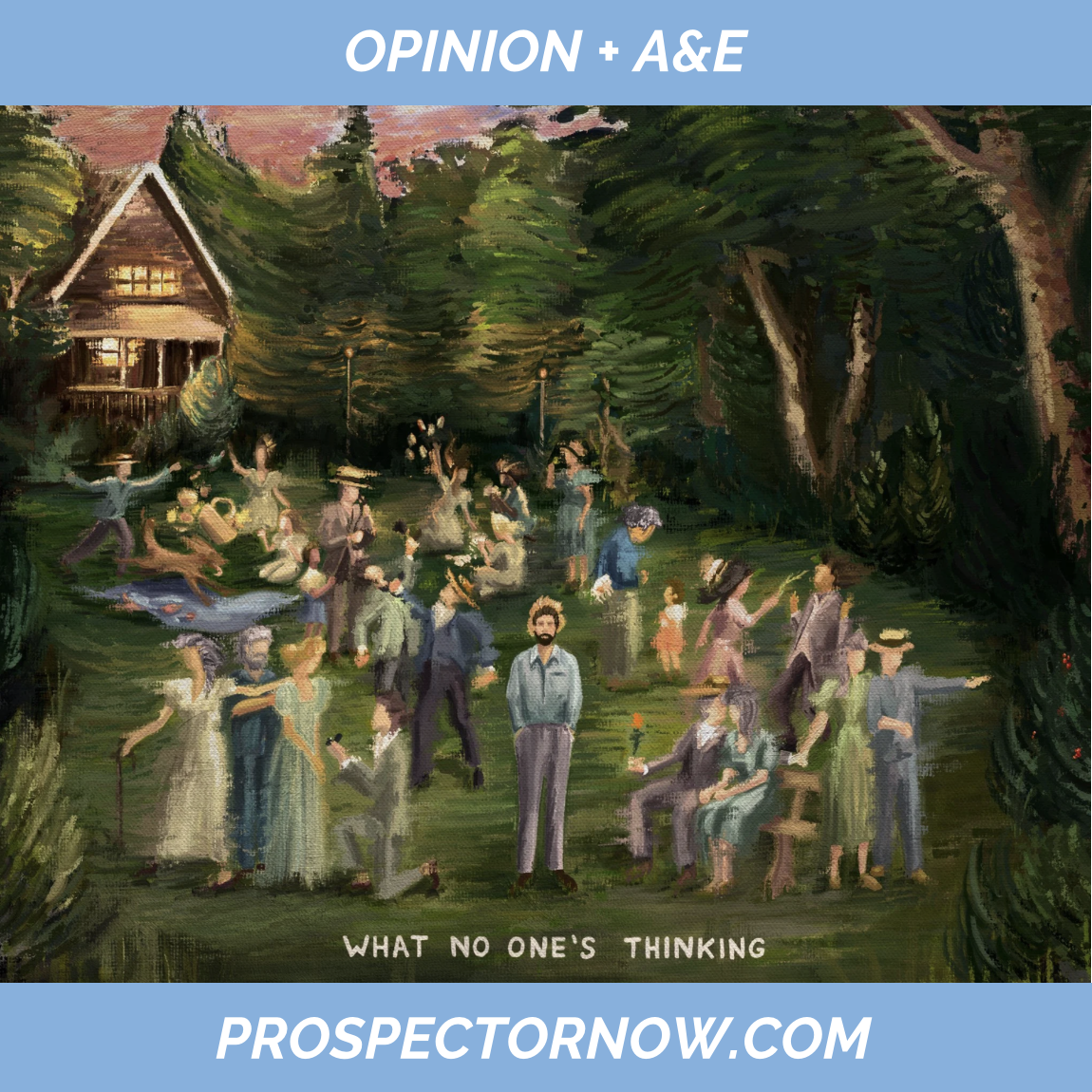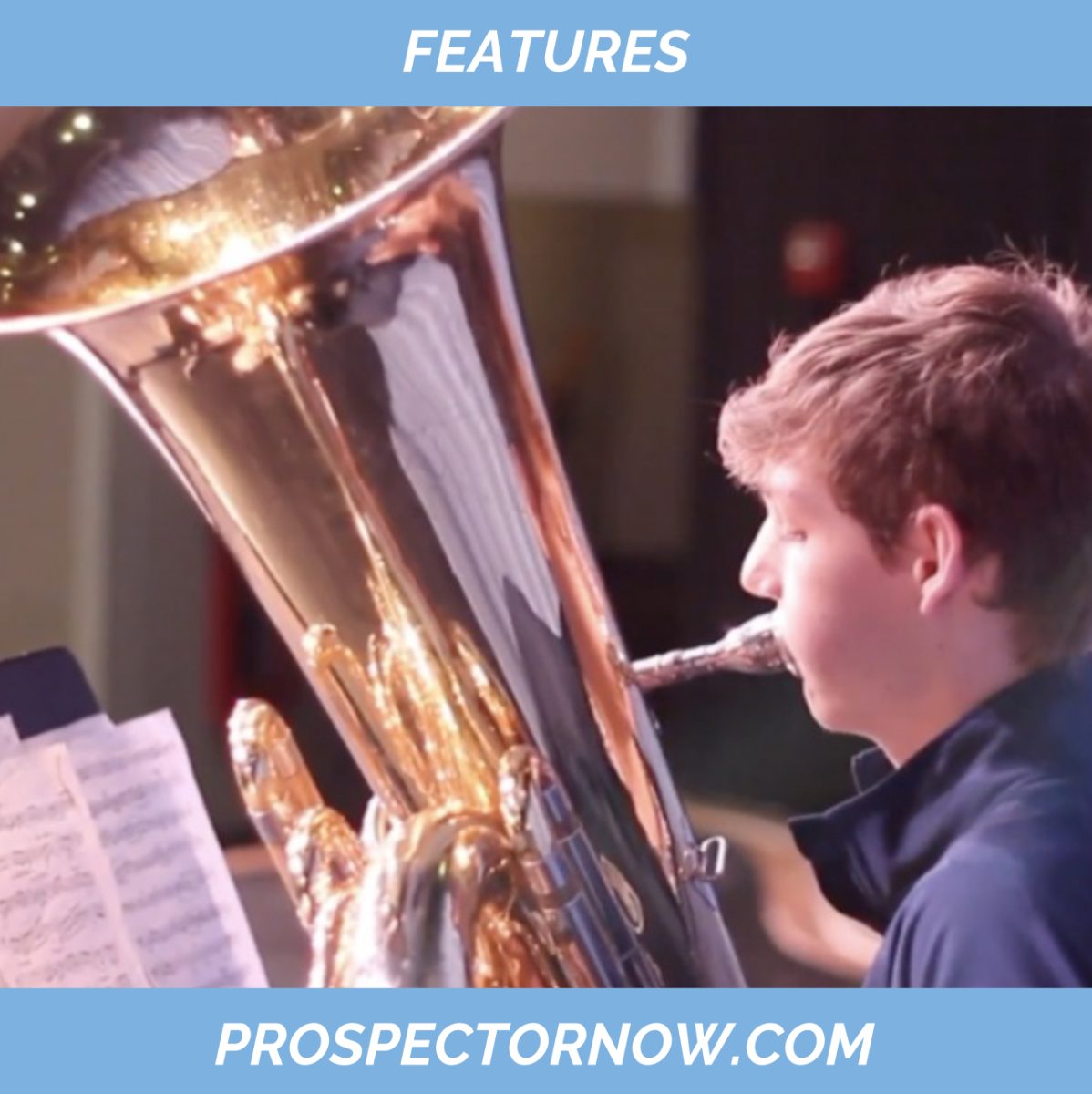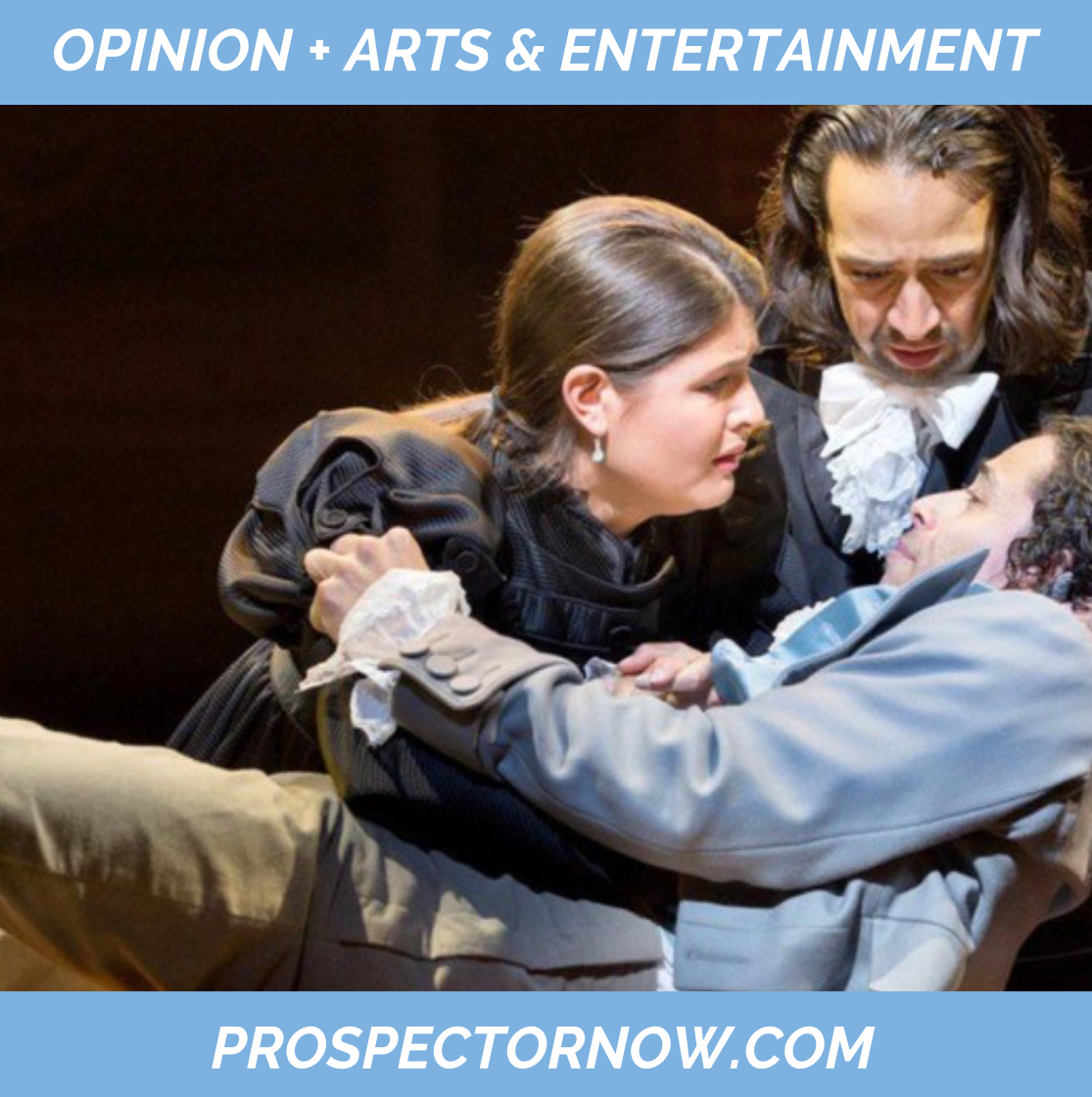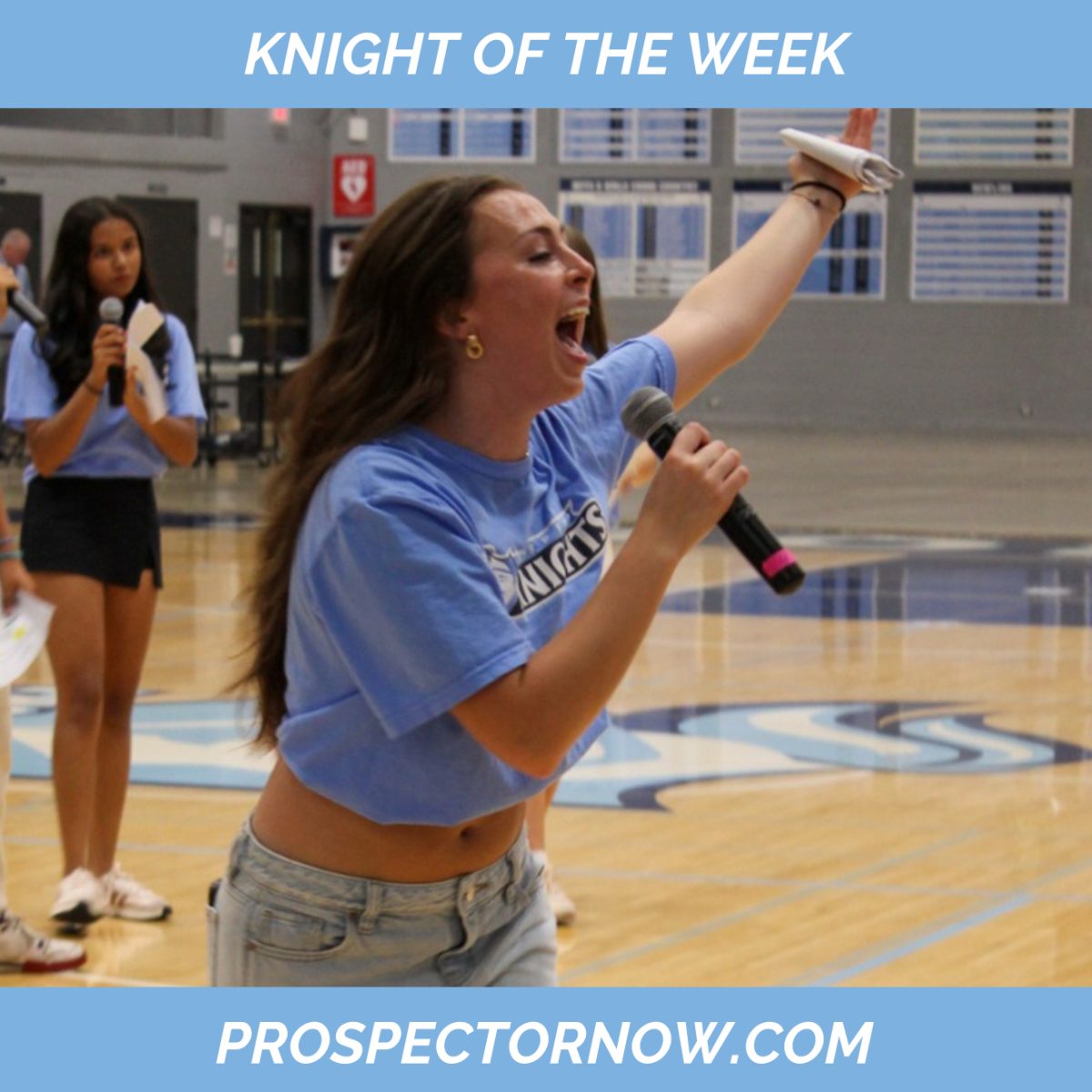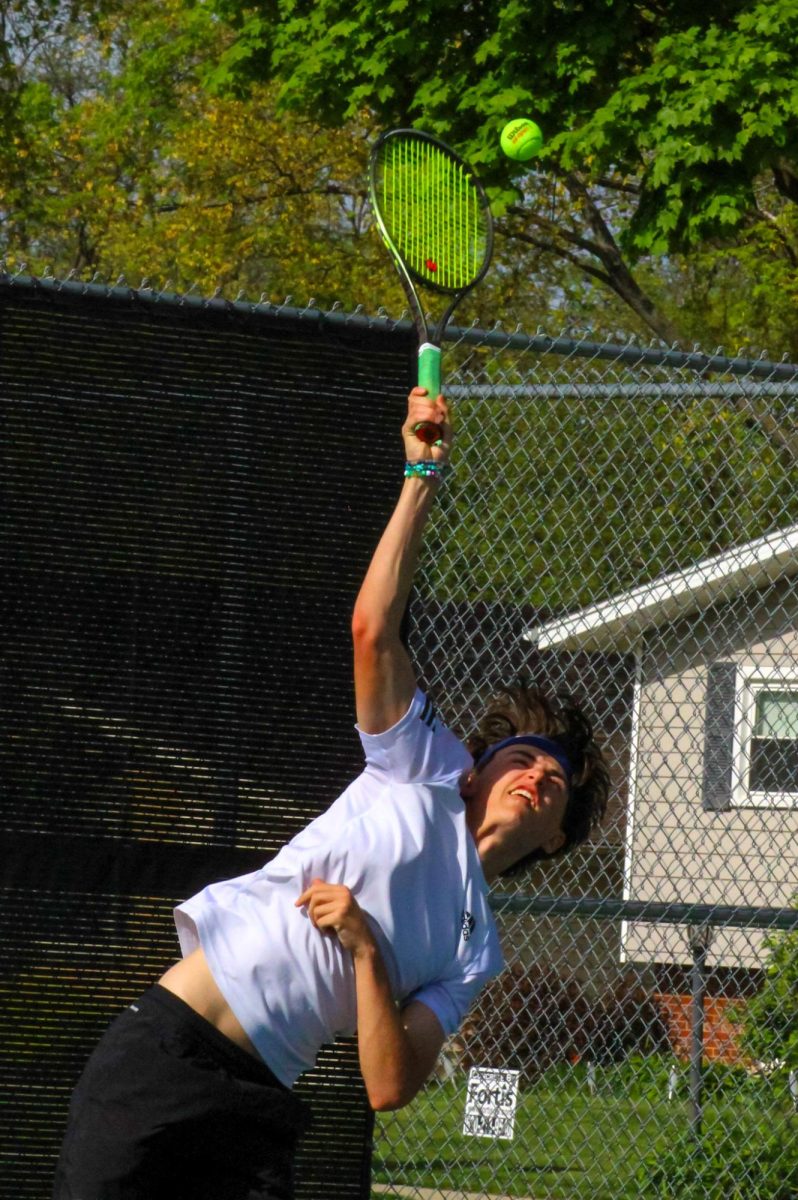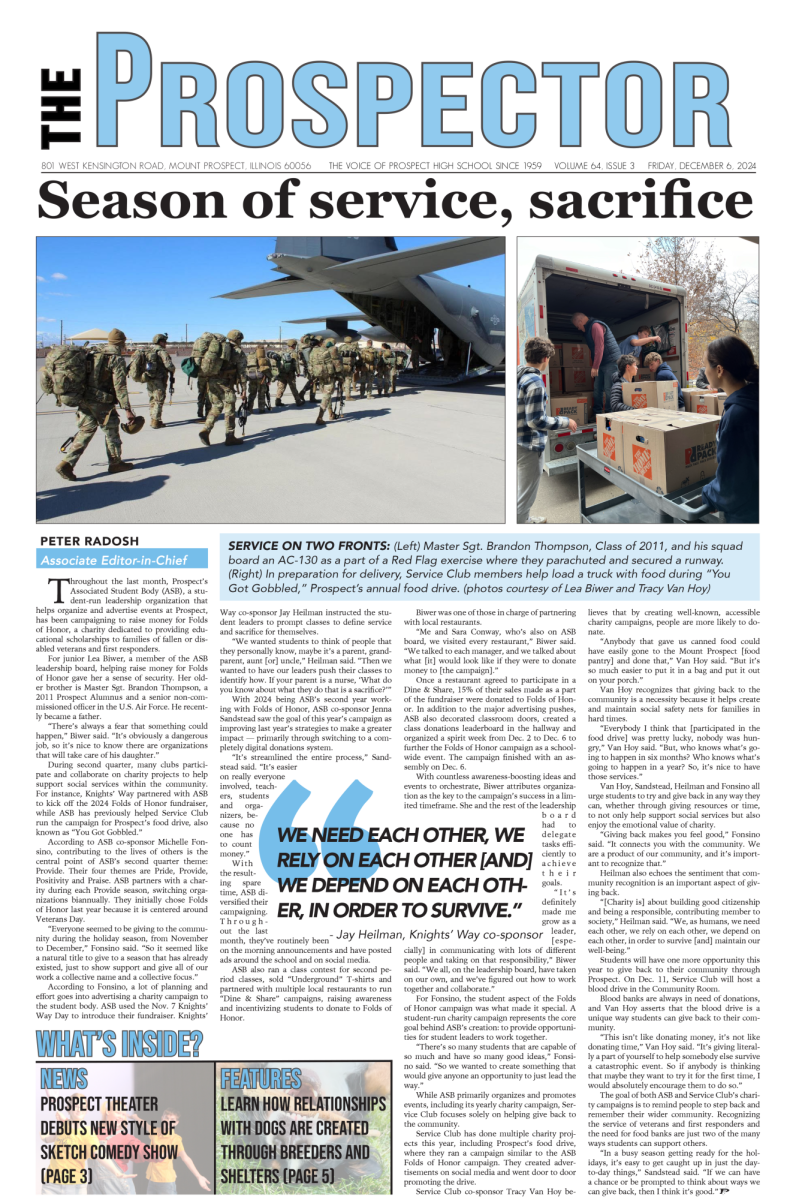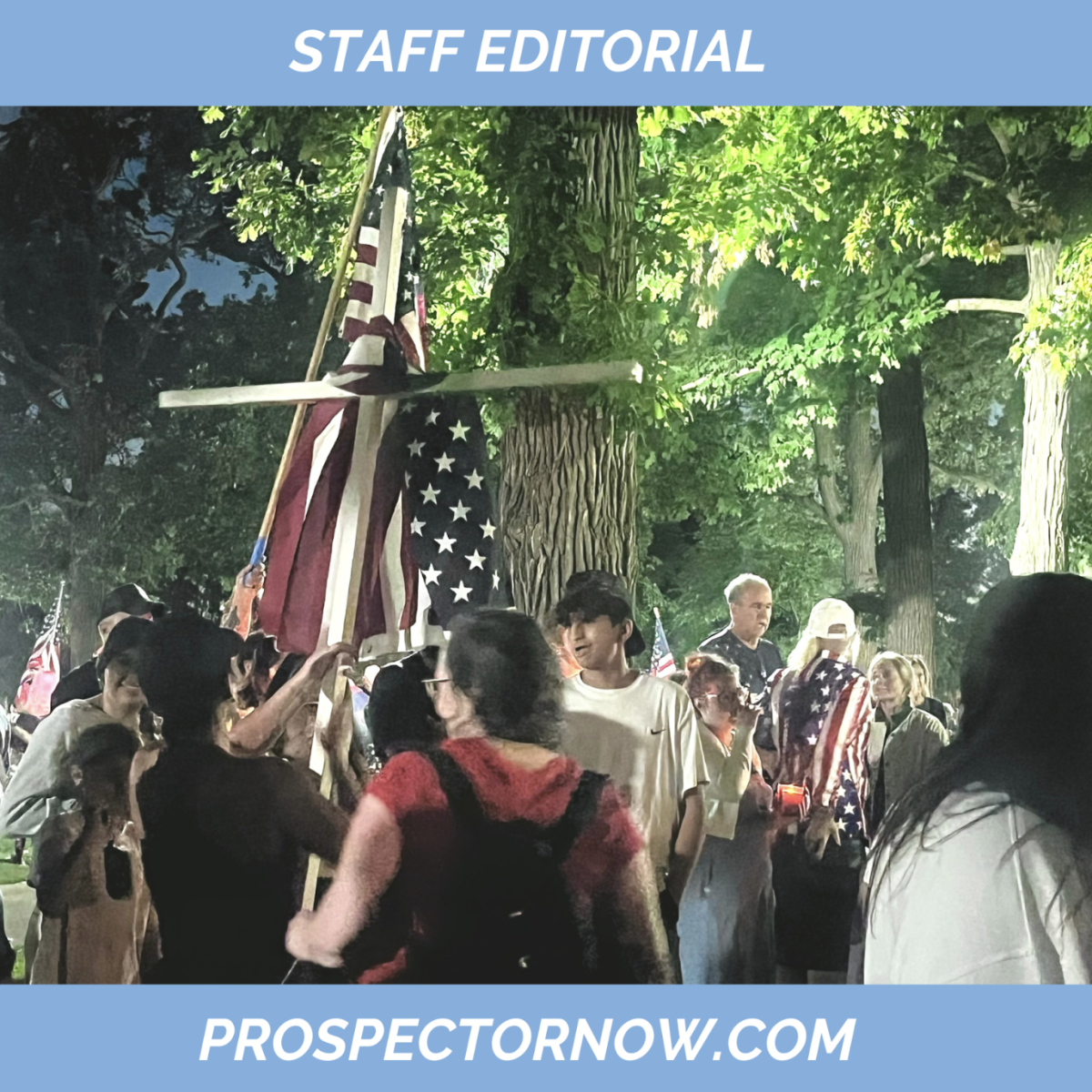If there’s one thing I’ve inherited from my dad (beyond his natural good looks and being 5’4” at the age of 17), it’d be his love of Christmas decorations. Every December, we spend hours driving around town gawking at what our community has to offer in terms of lights, trees and overindulgent inflatables.
We DeLucas have so many enormous Christmas inflatables in our front yard that the Mount Prospect Village Board has pictures of our 16-foot, candy-cane-wielding Darth Vader in their office. No, seriously.
When it comes to timing the setups of these elaborate displays, my dad follows just one rule: no decorations before Thanksgiving. The second that my sister and I snap our turkey’s wishbone, my holiday playlist is set off on its month-long loop. Before Thanksgiving, you’d be hard-pressed to find a single ornament or speck of fake snow in our house. If you catch any twinkly lights outside our house before we feast, you’ll know my dad’s fully lost it.
I’ve inherited that, too: his stance on how early to put these decorations up. I have argued with many “early lighters,” as I call them, and am no closer to turning them over to the dim side: the side with no lights yet, the side that has “not before Thanksgiving” on their mantel.
Every year, the early lighters’ population grows. Decorations come out earlier and earlier, and I get closer and closer to having a heart attack. As I bike around my neighborhood in late September, looking at all the houses with red and green incandescent bulbs strung and Santa hats in their windows, I have to remind myself what month it is. It’s not late December – it’s not even freakin’ Halloween!
The Christmas season may be longer, but it’s making my lifespan shorter.
This “early Christmas” isn’t a movement; it’s an epidemic: a holiday upheaval driven by pretty lights, consumerism and premature Christmas spirit. These decorations must return to their garages – at least for another two months.
This is where my patented “Holiday Influence Boundary Theory” (HIBT) comes in. The HIBT argues that holidays should be contained to their respective months, so as not to interfere with other holidays and their times to shine. By not stepping on each other’s toes, each holiday gets to enjoy a full 28 to 31 days of festivities.
According to the HIBT, we don’t have to drag the holiday out earlier or later: when the month starts, we get all that time to enjoy the month’s holiday. Speaking in terms of festive movies, cable channel Freeform’s “31 Nights of Halloween” marathon starts every Oct. 1 with a showing of “Edward Scissorhands” (which isn’t even a Halloween movie, but the effort is there).
By looking at the data from Freeform’s seasonal movie slates, we can see that the HIBT has secretly been driving Halloween’s movie scene for decades, along with month-long marathons for Thanksgiving, Fourth of July and even Father’s Day. However, in the case of Christmas, Freeform hosts an annual “Kickoff to Christmas” marathon, hyping viewers up for the holiday as early as Nov. 1, encroaching on Thanksgiving’s turf.
It’s worse than lights and wreaths: we now have out-of-advent movies infesting the “not before Thanksgiving” minds of the few cable TV watchers left in this town.
So why is Christmas so bent on wreaking havoc on the HIBT?
Joy. Joy to the world.
As some of my friends and sister-in-law explained to me, the reason some people put up their Christmas decorations so early is that it brings them happiness. The early lighters artificially “extend” Christmas’s boundary by prematurely stringing up lights, reportedly providing spurts of joy to those who trudge by their home in the gloom and doom of today.
But, from what I’ve seen, this “joy spurt” seems to have a regressive effect: because of these premature decorations “extending” Christmas, the happiness of December has extended backward to the months with holidays already present, rather than spreading forward through January, which never, ever has any happy days. Not only that, it’s totally contrarian to the HIBT.
Even though we don’t know the exact date of Jesus’ birth, that doesn’t mean Christmas comes and goes according to any dreary day. At this rate, stubbing one’s toe will call for a pop-up nativity scene in their yard. I can see it now: Insta-Christmas: the world’s worst infomercial product. Folks: By “extending” the holiday, you’re spreading it too thin.
Wanting to hear the voice of my fellow youths, I surveyed when other Prospect students put up their decorations (see “KNIGHTS’ LIGHTS”). The consensus was shocking, with a meager ZERO percent saying they put them up before Halloween, out of 387 responses. If that survey is factual, then what alternate universe of Mount Prospect have I been biking in?!
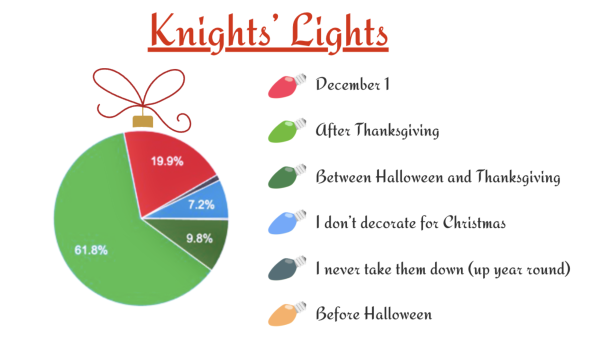
I biked six blocks out in each direction from the DeLuca residence, and I counted about three early lighter houses each way, with an average of one Christmas-ified house per two blocks. Maybe the Prospect student body isn’t the problem. It’s Mount Prospect’s early lighter adults.
So I went to the only place where I knew with 100% certainty I could find adults congregating around Christmas decorations like office water coolers: Menards.
The first thing you see when walking through the store’s automatic doors? A skeleton inflatable. The second? A 20-foot Kris Kringle. Son of a nutcracker.
Menards was so infested with Christmas decorations that you’d think we decided to skip October this year. Its Halloween and Christmas aisles pressed up against each other, the latter dwarfing the former in both size and glamour. Overindulgent inflatables, lights and Santas face-to-face with scrawny skeletons and spiders … just across from the power tools.
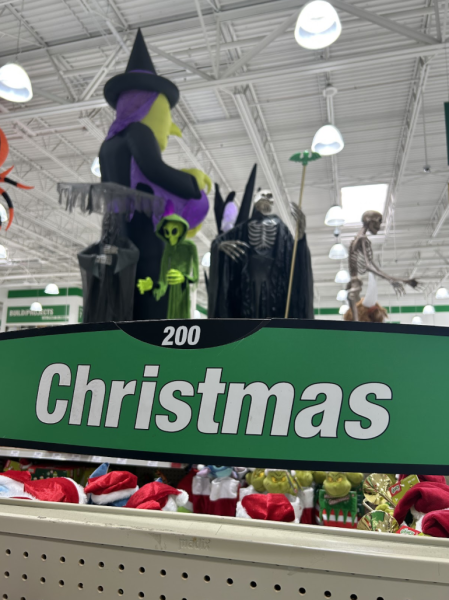
I staked out the aisles’ crossroads for hours (enduring occasional shrieks from animatronic witches), examining the products and customers’ reactions to them.
I watched a kid cry to their mother, over a dropped doggie plush rapping Jingle Bells, “I hope they still have them when Christmas comes!”
I witnessed a man’s face scrunch up as he examined the Garden Center’s “Fall Seeds,” placed precariously at the foot of a jigging Jesus.
And then I heard a woman, Holly, who opted not to have her real name used in this article, whisper to her husband as she peered down the endless wreath aisle: “Dear God, it’s all Christmas.”
“I’m upset,” Holly said before I finished asking my first question. “There’s barely any Halloween [here]. The lights we want, they don’t have them. They’re already gone.”
Holly was at Menards with her husband, presumably a Mr. Jolly, shopping for Halloween decorations, only to find their usual aisle space was eaten up by the incoming Christmas products. With Halloween being her favorite holiday, Holly considered this premature holiday consumerism “distressing.”
“You [now] have to buy Halloween stuff in July and August [to] have the big selection,” Holly said. “So to me, [putting Christmas] decorations out in September doesn’t make any sense. But I’m not a retailer, so I don’t know why they do it, but I don’t like it.”
I know why, Holly, and that’s why I don’t like it. It’s a holiday upheaval driven by pretty lights, consumerism and premature Christmas spirit. We fall victim to the resounding joy every year, and it’s scaring off the Halloweenies.
And in a world so bent on defying the words of the HIBT, we all just have to stop and smell the pumpkins. St. Nick will have his time in the snow. Right now, it’s spooky season; we don’t need to make it any spookier by giving people like Holly and me aneurysms.
In Menards, in the cross aisle between the stockings and the skeletons, I overheard a young girl ask her mother, “Mommy, is it Christmas yet?”
No. Sorry, kid: definitely not before Thanksgiving.
Never miss important news: every Monday, get a preview of what’s going on this week at Prospect, and what went down last week. To sign up for the Knight Notes newsletter, click here.



